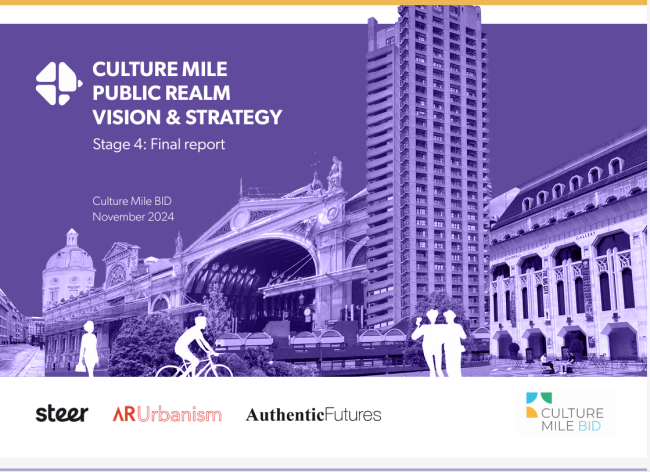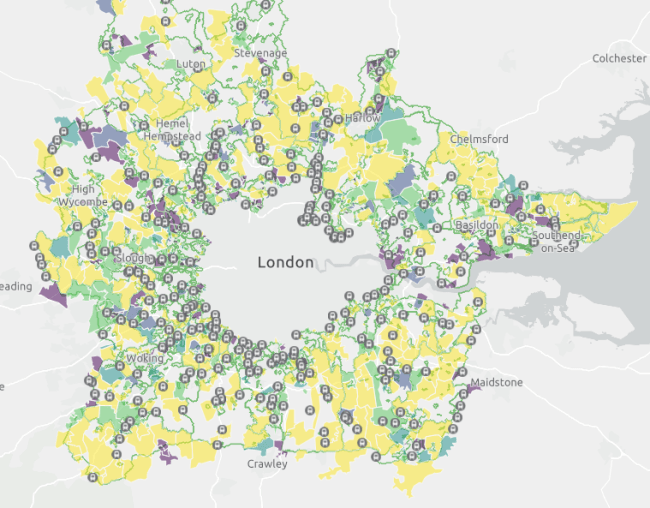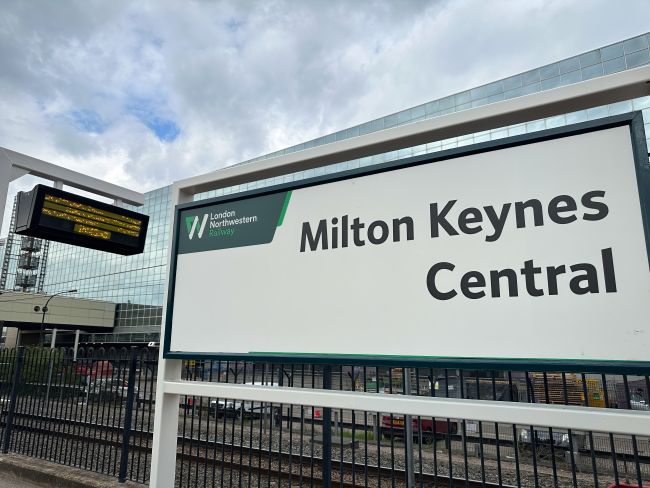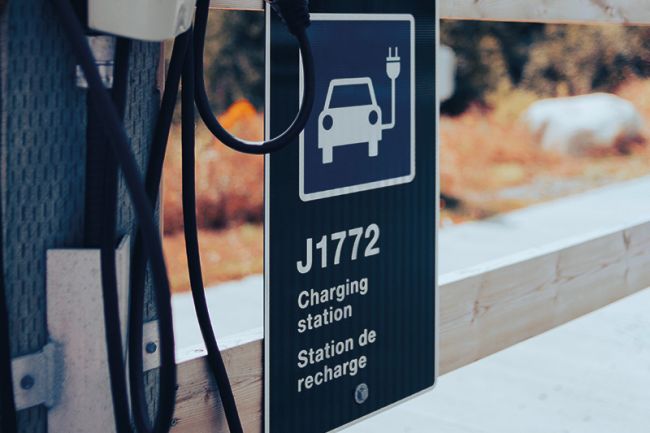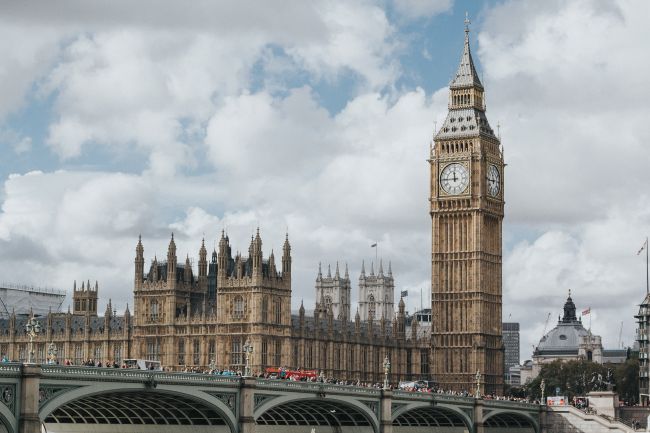Transforming Leeds: the NGT project
Well-designed transport interventions in urban areas can result in a whole package of positive impacts.
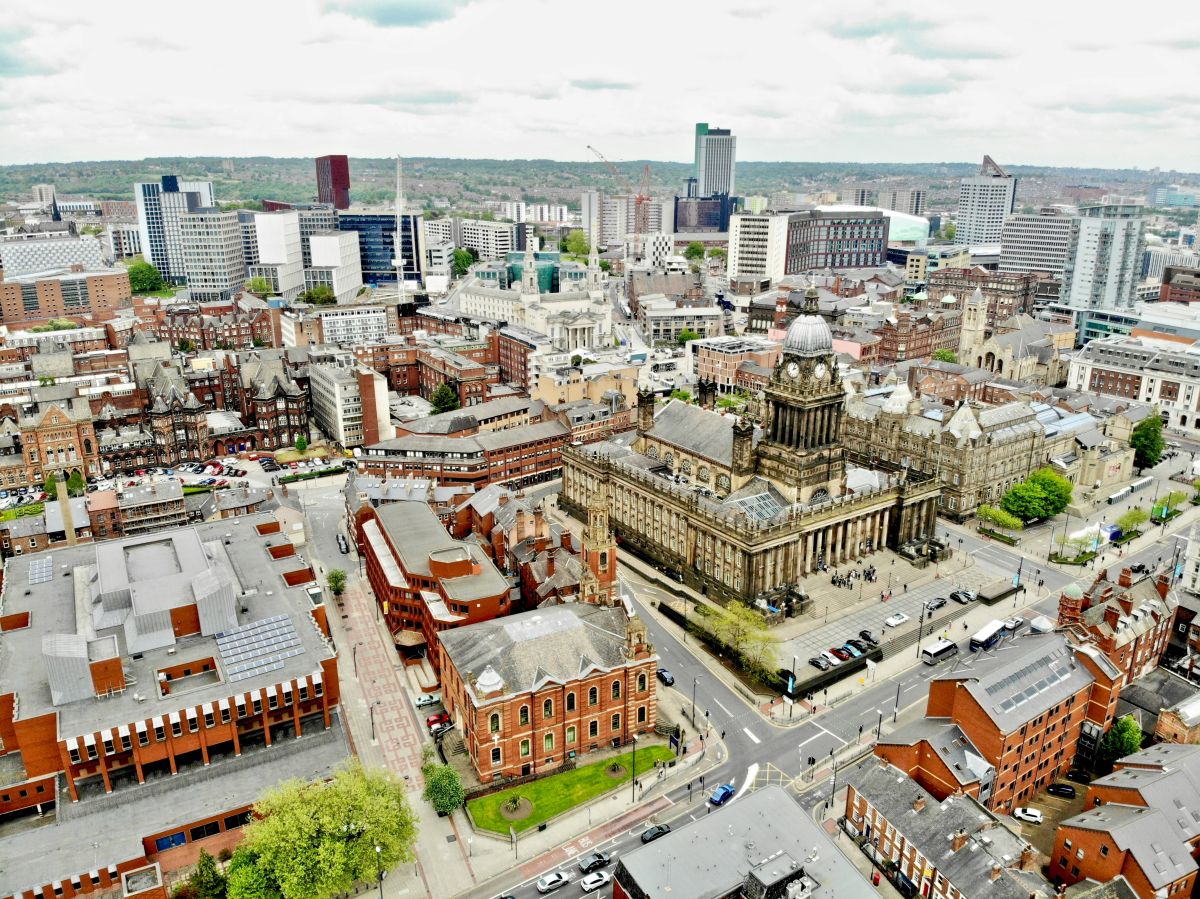
Well-designed transport interventions in urban areas can result in a whole package of positive impacts, far beyond simply making a faster connection from A to B. For well-specified interventions, such benefits far outweigh the investment costs and are felt across the social and economic spectrum.
Leeds is one of the few big cities in the UK without a major urban transit system, and the limitations of the existing transport system are preventing Leeds from reaching its full economic potential. The road network is heavily congested in peak hours and city centre car parking space is limited. Traffic congestion affects the buses too, increasing journey times and worsening punctuality. The commuter rail network is well used but is approaching its peak capacity.
Without major interventions, journeys to the city centre will take longer, be more unreliable and cost more money – all of which will constrain the growth of the local economy.
The Leeds New Generation Transport Project (NGT) is part of an integrated, city-wide enhancement package, with projected construction costs of around £250 million. It will see the introduction of a 15 kilometre trolleybus system, which will connect residential areas in north and south Leeds to the city centre and other key sites for employment and education, as well as health and leisure facilities. Park & Ride will make NGT attractive to car drivers and people living away from the route. It will open in 2020.
The increase in public transport capacity into the city centre is projected to offer journey times up to 20 minutes shorter than existing buses. Services are also expected to be more punctual. These improvements will be achieved through the provision of dedicated lanes, and junction and traffic signal priority. Over two thirds of the trolleybus route will be segregated from regular traffic.
Integrated design means that these benefits do not come at a net cost to other road users such as pedestrians, cyclists and car drivers. As part of the project, pedestrian crossing facilities are being upgraded, with additional cycle lanes and improvements to traffic signal and junction operation.
Our Urban Dynamic Model shows that the improvements to city centre accessibility from NGT will facilitate the creation of up to 4000 jobs in Leeds by 2030 and give a £200 million boost per year to the local economy. While supporting city centre growth, NGT will also enhance targeted regeneration and redevelopment in south Leeds. Areas of deprivation with high unemployment and low car ownership will gain much improved access to employment and education opportunities across the NGT corridor.
In a recent update to the business case we valued the benefits of NGT at £650 million. This is a prudent appraisal, relying only upon benefits that can be readily monetised. When the whole package of positive impacts is fully considered, transport investment in transformative projects such as NGT should be an easy decision to make.

